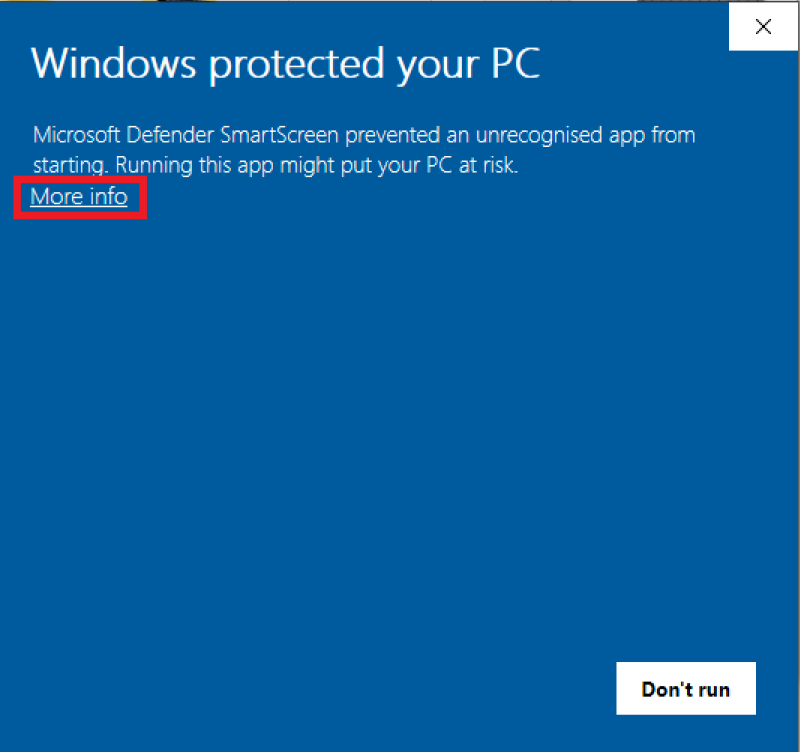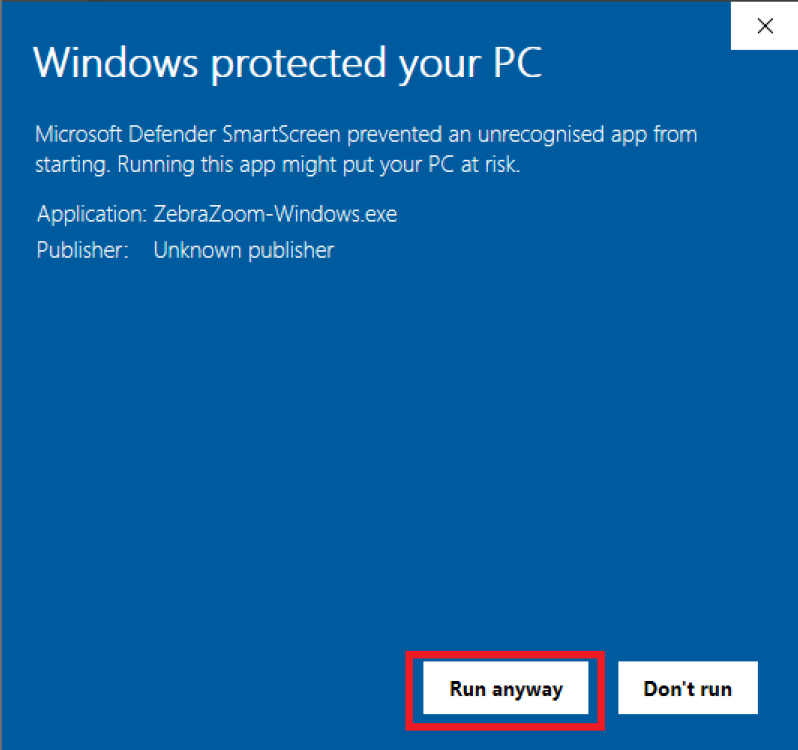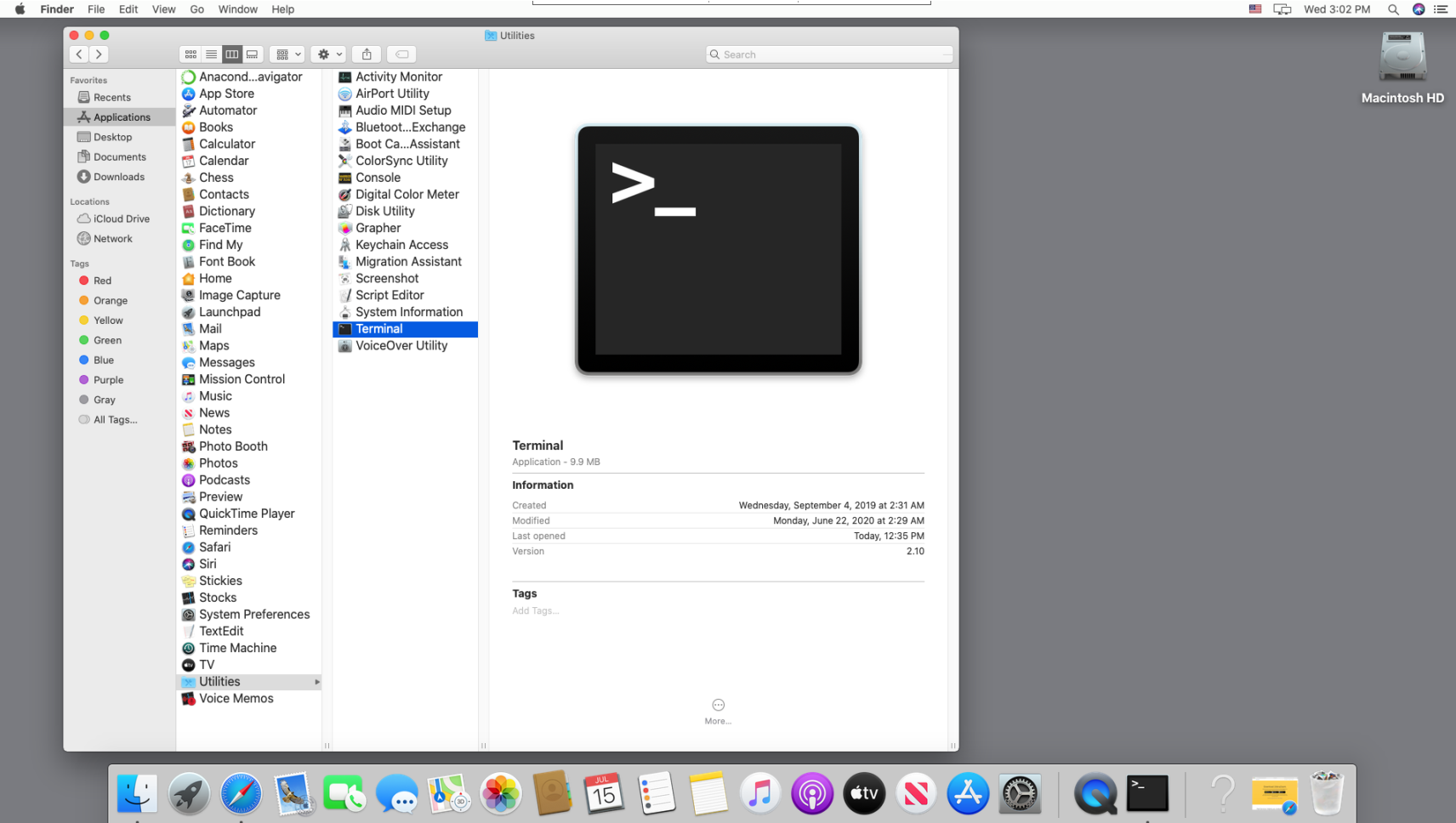Papers published that have used ZebraZoom:
Not from Claire Wyart's lab:
Sensory deficit screen identifies nsf mutation that differentially affects SNARE recycling and quality control. Yan Gao, Yousuf A Khan, Weike Mo, K Ian White, Matthew Perkins, Richard A Pfuetzner, Josef G Trapani, Axel T Brunger, Teresa Nicolson - Cell Reports, 2023
A novel PLS1 c. 981+ 1G> A variant causes autosomal‐dominant hereditary hearing loss in a family
Liangpu Xu, Xinrui Wang, Jia Li, Lingji Chen, Haiwei Wang, Shiyi Xu, Yanhong Zhang, Wei Li, Pengcheng Yao, Meihua Tan, Si Zhou, Meihuan Chen, Yali Pan, Xuemei Chen, Xiaolan Chen, Yunliang Liu, Na Lin, Hailong Huang, Hua Cao - Clinical Genetics, Wiley Online Library, 2023
Organization of the gravity-sensing system in zebrafish.Zhikai Liu, David G C Hildebrand, Joshua L Morgan, Yizhen Jia, Nicholas Slimmon, Martha W Bagnall - Nature Communications, 2022
De novo establishment of circuit modules restores locomotion after spinal cord injury in adult zebrafish. Chun-Xiao Huang, Zhen Wang, Jianwei Cheng , Zhiqiang Zhu, Na N Guan, Jianren Song - Cell Reports, 2022
Temporal Vestibular Deficits in synaptojanin 1 (synj1) Mutants. Yan Gao, Teresa Nicolson - Frontiers in Molecular Neuroscience, 2021
An injury-induced serotonergic neuron subpopulation contributes to axon regrowth and function restoration after spinal cord injury in zebrafish. Chun-Xiao Huang, Yacong Zhao, Jie Mao, Zhen Wang, Lulu Xu, Jianwei Cheng, Na N Guan, Jianren Song - Nature Communications, 2021
A neuronal circuit that generates the temporal motor sequence for the defensive response in zebrafish larvae. Lulu Xu, Na N. Guan, Chun-Xiao Huang, Yunfeng Hua, Jianren Song - Current Biology, 2021
From Claire Wyart's lab:
The mesencephalic locomotor region recruits V2a reticulospinal neurons to drive forward locomotion in larval zebrafish. Martin Carbo-Tano, Mathilde Lapoix, Xinyu Jia, Olivier Thouvenin, Marco Pascucci, François Auclair, Feng B Quan, Shahad Albadri, Vernie Aguda, Younes Farouj, Elizabeth M C Hillman, Ruben Portugues, Filippo Del Bene, Tod R Thiele, Réjean Dubuc, Claire Wyart - Nature neuroscience, 2023
CSF-contacting neurons respond to Streptococcus pneumoniae and promote host survival during central nervous system infection. Andrew E Prendergast, Kin Ki Jim, Hugo Marnas, Laura Desban, Feng B Quan, Lydia Djenoune, Valerio Laghi, Agnès Hocquemiller, Elias T Lunsford, Julian Roussel, Ludovic Keiser, Francois-Xavier Lejeune, Mahalakshmi Dhanasekar, Pierre-Luc Bardet, Jean-Pierre Levraud, Diederik van de Beek, Christina M J E Vandenbroucke-Grauls, Claire Wyart - Current Biology, 2023
Lateral line hair cells integrate mechanical and chemical cues to orient navigation. Laura Desban, Julian Roussel, Olivier Mirat, François-Xavier Lejeune, Ludovic Keiser, Nicolas Michalski, Claire Wyart - bioRxiv, 2022
A lexical approach for identifying behavioural action sequences. Gautam Reddy, Laura Desban, Hidenori Tanaka, Julian Roussel, Olivier Mirat, Claire Wyart - PLoS Computational Biology, 2022
Spinal sensory neurons project onto the hindbrain to stabilize posture and enhance locomotor speed. Ming-Yue Wu, Martin Carbo-Tano, Olivier Mirat, Francois-Xavier Lejeune, Julian Roussel, Feng B Quan, Kevin Fidelin, Claire Wyart - Current Biology, 2021 - cell.com
Somatostatin 1.1 contributes to the innate exploration of zebrafish larva.Feng B Quan, Laura Desban, Olivier Mirat, Maxime Kermarquer, Julian Roussel, Fanny Koëth, Hugo Marnas, Lydia Djenoune, François-Xavier Lejeune, Hervé Tostivint, Claire Wyart - Scientific Reports, 2020
Mechanosensory neurons control the timing of spinal microcircuit selection during locomotion. Steven Knafo, Kevin Fidelin, Andrew Prendergast, Po-En Brian Tseng, Alexandre Parrin, Charles Dickey, Urs Lucas Böhm, Sophie Nunes Figueiredo, Olivier Thouvenin, Hugues Pascal-Moussellard, Claire Wyart - Elife, 2017
Zebrazoom: an automated program for high-throughput behavioral analysis and categorization. O Mirat, JR Sternberg, KE Severi, C Wyart - Frontiers in neural circuits, 2013









